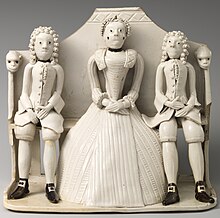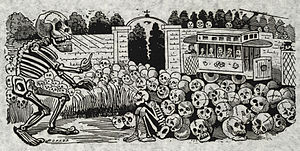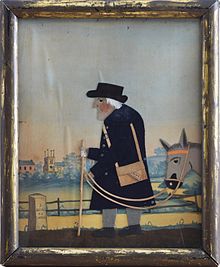



Folk art covers all forms of visual art made in the context of folk culture. Definitions vary, but generally the objects have practical utility of some kind, rather than being exclusively decorative. The makers of folk art are typically trained within a popular tradition, rather than in the fine art tradition of the culture. There is often overlap, or contested ground[1] with 'naive art'. "Folk art" is not used in regard to traditional societies where ethnographic art continue to be made.
The types of objects covered by the term "folk art" vary. The art form is categorised as "divergent... of cultural production ... comprehended by its usage in Europe, where the term originated, and in the United States, where it developed for the most part along very different lines."[2]

From a European perspective, Edward Lucie-Smith described it as "Unsophisticated art, both fine and applied, which is supposedly rooted in the collective awareness of simple people. The concept of folk art is a distinctly 19th-century one. Today it carries with it a tinge of nostalgia for pre-industrial society."[3]
Folk arts, which include both performance and tangible arts, reflect the cultural life of a community associated with the fields of folklore and cultural heritage. Tangible folk art can include objects which historically are crafted and used within a traditional community. Intangible folk arts can include such forms as music and art galleries, dance and narrative structures.
- ^ (Wertkin 2004, p. xxxiv-xxxvi)
- ^ (Wertkin 2004, p. xxxii)
- ^ Lucie-Smith, Edward, The Thames & Hudson Dictionary of Art Terms, p. 95, 2003 (2nd edn), Thames & Hudson, World of Art series, ISBN 0500203652